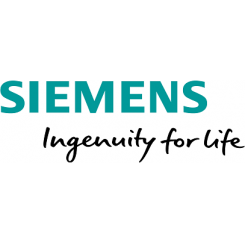
Photo: 6661210503_3a1d1ab0fc_b
How a performance tool is helping San Francisco cut emissions
17 October 2016
San Francisco could achieve an 80 percent reduction in its greenhouse gas emissions and create over 420,000 jobs by 2050, by deploying 36 technologies across the building, energy and transport sectors in the city.
A new joint study by the City of San Francisco and Siemens, which used the company’s virtual City Performance Tool to provide engineering and economy analysis of 350 city data points, revealed that electric heat pumps and electric car sharing would have the biggest impact on emissions. While no single action proved sufficient on its own, by converting 80 percent of furnaces and water heaters to efficient electric heat pumps the city could curtail its annual emissions by 13.6 percent.
“We regularly analyse and project the impacts of policies and incentives, but this is the first time we’ve been able to look comprehensively at how investments in energy, buildings, and transportation layer and interact with one another as the community makes progress toward [our] 2050 goals,” said Barry Hooper, Green Building Coordinator at the San Francisco Department of Environment.
The study showed that by enhancing building automation, retrofitting LED lighting, refrigeration controls, tuning heating, ventilation and air conditioning systems, installing proper insulation, upgrading glazing and installing rooftop solar could reduce emissions by 30 percent. Other recommendations for the city include expanding congestion pricing and public transit options.
Despite the scale of investment required, San Francisco has a strong track record when it comes to balancing economic growth and job creation with the need to manage its carbon footprint. Between 1990 and 2012, citywide greenhouse gas emissions fell 23 percent at a time when populations grew 14 percent and gross domestic product increased 49 percent, according to the 2013 San Francisco Climate Action Strategy Update.
It is anticipated jobs would be created through the installation, operation, and maintenance of low-carbon energy, public transport and building systems. Meanwhile, in deploying the City Performance Tool, San Francisco joined a growing number of cities using augmented reality to inform policy makers on the use of technologies in reducing greenhouse gas emissions. So far, the tool has been used in Vienna, Copenhagen, Seoul, Shenzhen, London, Los Angeles and as Cities Today recently reported, the Danish city of Aarhus, among others.
“For cities, reducing carbon is really a test of how well you take advantage of technology,” said Dennis Rodriguez, Siemens Chief City Executive for San Francisco. “We’re proud our planning tool has allowed San Francisco to identify technology investments that will not only make an environmental, but also a positive economic impact.”












